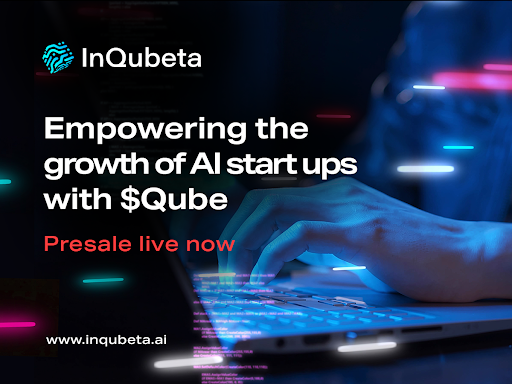Monero (XMR) and EOS (EOS) are two cryptocurrencies that present great investment opportunities for different reasons.
Monero, often referred to as the “privacy coin,” is designed to prioritize user anonymity and transaction privacy. Unlike Bitcoin and many other cryptocurrencies, Monero utilizes advanced cryptographic techniques to obscure transaction details, making it nearly impossible to trace transactions and identify the parties involved.
This focus on privacy has garnered significant attention from individuals and organizations concerned about their financial activities being tracked. Monero’s commitment to privacy makes it an attractive investment option, as it offers a unique value proposition in the cryptocurrency market. As privacy becomes increasingly important in the digital age, Monero is well-positioned to capitalize on this demand, potentially leading to increased adoption and value appreciation.
On the other hand, EOS stands out as a blockchain platform that aims to provide a scalable and user-friendly ecosystem for dApps. Unlike some other platforms, EOS utilizes a delegated proof-of-stake (DPoS) consensus mechanism, which allows for faster transaction speeds and lower fees compared to traditional proof-of-work systems.
This scalability and efficiency make EOS an appealing choice for developers looking to build and deploy dApps with a high level of performance. EOS also distinguishes itself through its governance model, which enables token holders to participate in decision-making processes. This democratic approach not only enhances community engagement but also gives investors a voice in the platform’s future development. With an active and dedicated community, EOS has the potential to attract a growing number of developers and users, further driving its value in the long run.
InQubeta
Investing in AI startups has long been a very exclusive realm reserved for venture capital firms. What if these barriers could be broken down though? What if the average, every day person could invest in these startups too?
InQubeta is breaking down these barriers and unlocking opportunities for all investors with their strategic QUBE tokens. By leveraging the power of blockchain tech, QUBE tokens provide a seamless and accessible investment experience in the exciting world of AI.
These tokens, built on ETH, offer investors a unique investment among the new wave of AI brands sprouting up in the market. As a deflationary ERC20 token, QUBE implements a 2% buy and sell tax. The buy tax contributes to a burn wallet, gradually reducing the token supply and increasing its value over time. This deflationary nature is a super smart way to make sure their native token doesn’t depreciate over time, and in fact, goes up in
Visit InQubeta Presale
The transparency and security provided by blockchain technology ensure that investors can confidently engage in investments. Every transaction is recorded on the blockchain, providing a verifiable and immutable record of ownership. This level of transparency helps build trust between investors and startups, fostering a collaborative and mutually beneficial ecosystem.
In summary, QUBE tokens unlock opportunities for investors in the world of AI startups. Through the seamless investment experience facilitated by QUBE tokens and the inclusive governance structure, investors can actively participate in shaping the future of AI technology. Join InQubeta today and embark on a journey that combines financial growth with technological advancement.
No spam, no lies, only insights. You can unsubscribe at any time.
Join InQubeta Communities
Crypto News Flash does not endorse and is not responsible for or liable for any content, accuracy, quality, advertising, products, or other materials on this page. Readers should do their own research before taking any actions related to cryptocurrencies. Crypto News Flash is not responsible, directly or indirectly, for any damage or loss caused or alleged to be caused by or in connection with the use of or reliance on any content, goods, or services mentioned.
Credit: Source link













































































































































